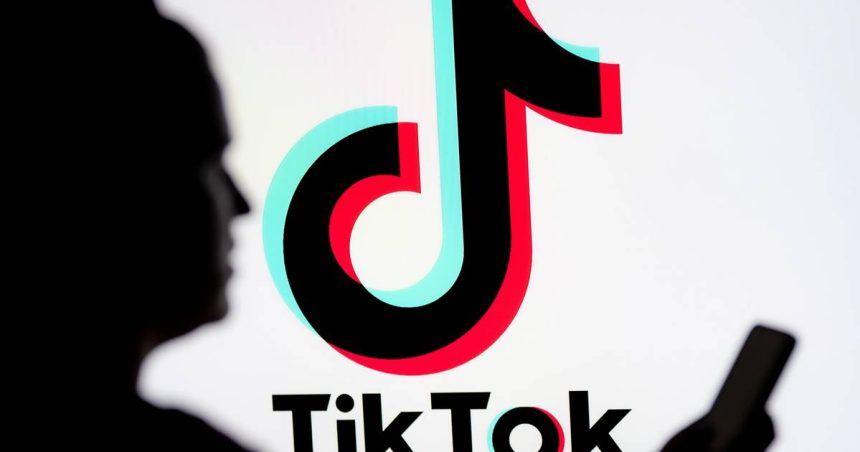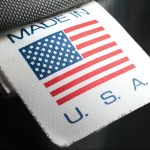To ban, or not to ban? That continues to be the question—but for now, TikTok is sticking around for at least a few more months.
On Friday, President Donald Trump said he would sign an executive order to once again delay enforcement of the divest-or-ban law that was passed by Congress and signed by President Biden last year and upheld by the Supreme Court in January. According to the statement, which he posted to Truth Social, TikTok will continue to be allowed to operate in the US for an additional 75 days as Trump seeks to “close the deal” and sell the app’s US operations to an American owner.
How did we get here again? After TikTok went dark for one strange weekend in January, Trump signed an executive order delaying enforcement of the ban until April 5, despite the fact that there was apparently no deal in the works, and any delay was only supposed to be allowed if there was “evidence of significant progress” toward a sale. For about a month, TikTok and other ByteDance apps were unavailable from US app stores, as Apple and Google sought to comply with the law, but the apps eventually came back in February.
Since then, it seemed like some people either forgot about the looming April deadline or simply didn’t think the ban would actually go into effect. Data from influencer agency Billion Dollar Boy found that while TikTok creators’ post activity decreased in the week leading up to the January deadline, it was 41% higher in the week leading up to the April 5 deadline.
The longer the saga has gone on, the fewer people are rooting for the ban to go through, Pew Research has found; only 34% of Americans were in favor of the ban in March of this year, compared to 50% in March 2023.
Get marketing news you’ll actually want to read
Marketing Brew informs marketing pros of the latest on brand strategy, social media, and ad tech via our weekday newsletter, virtual events, marketing conferences, and digital guides.
Even with the ban delay and growing favorability among the American public, TikTok’s uncertain future seems to have shaken its US HQ. After the January delay, top executives continued to leave the company, and Business Insider has reported increasing stress and job insecurity among TikTok’s US-based employees. That might not change with an additional 75 days and reports that a deal fell through due to new tariffs on Chinese goods imported into the US.
What’s next? Reported bidders for the app have ranged from Shark Tank’s “Mr. Wonderful” and Reddit co-founder Alexis Ohanian to a group of private capital firms, a billionaire from Wyoming, and corporate behemoths like Amazon and Microsoft, though none have emerged as clear frontrunners.
Ultimately, it’s the Chinese government’s call if it wants to sell, and with a trade war initiated by the US government now in play, Chinese officials have reportedly indicated they aren’t likely to sign a deal because of it. Trump has previously said he would consider reducing tariffs to help facilitate the deal, but on Monday morning, he threatened additional tariffs on Chinese imports in an escalating trade war that has tanked the stock market and is intensifying fears of a global recession.
Even if a sale doesn’t happen by mid-June, it is possible that Trump could continue to kick the can down the road, as he’s done twice now, despite both the legal technicalities and potential political ramifications of keeping TikTok operating in the states.
That could come as bad news to TikTok competitors like Instagram and YouTube, which both seem eager to fill a ByteDance-sized hole in the social media landscape. Both platforms are set to soon roll out video-editing apps that seem eerily similar to ByteDance’s CapCut, and they have been advertising Reels and Shorts to some TikTok users in recent weeks.
Read the full article here







